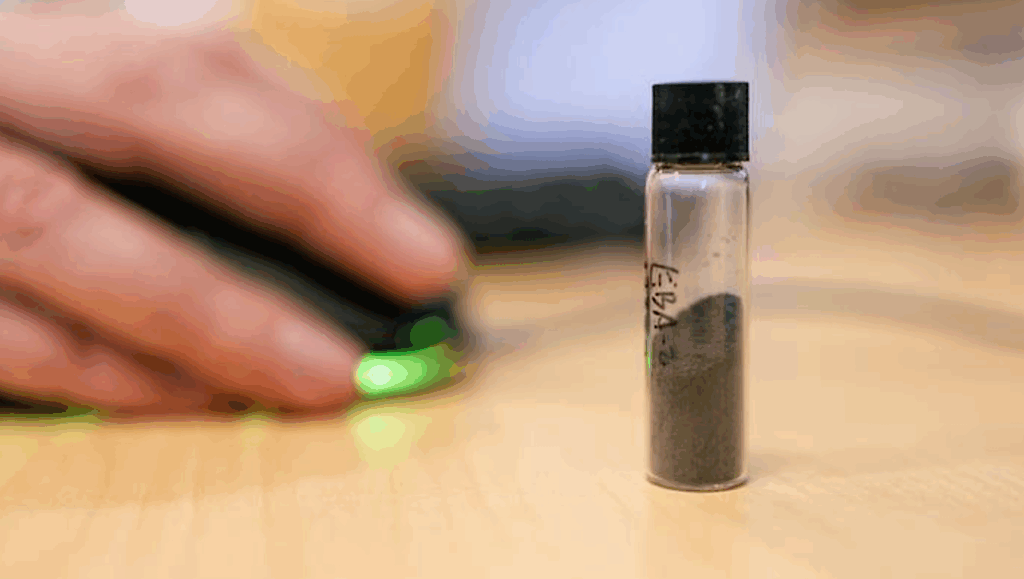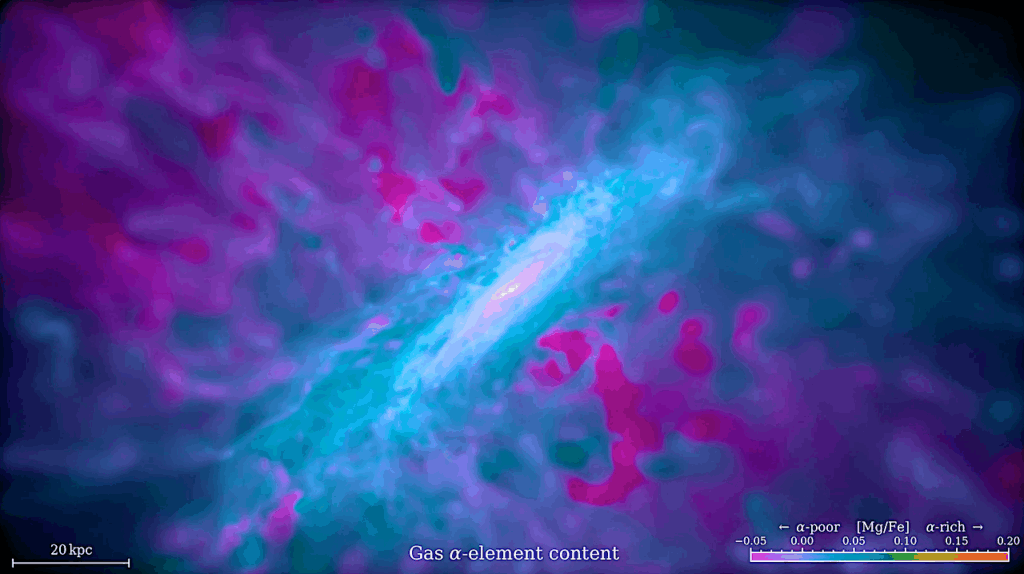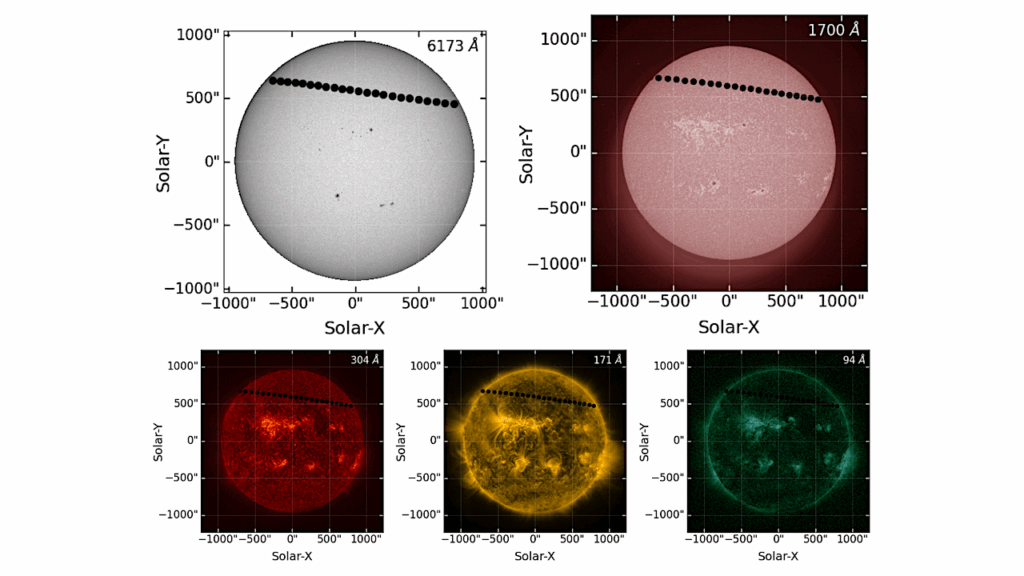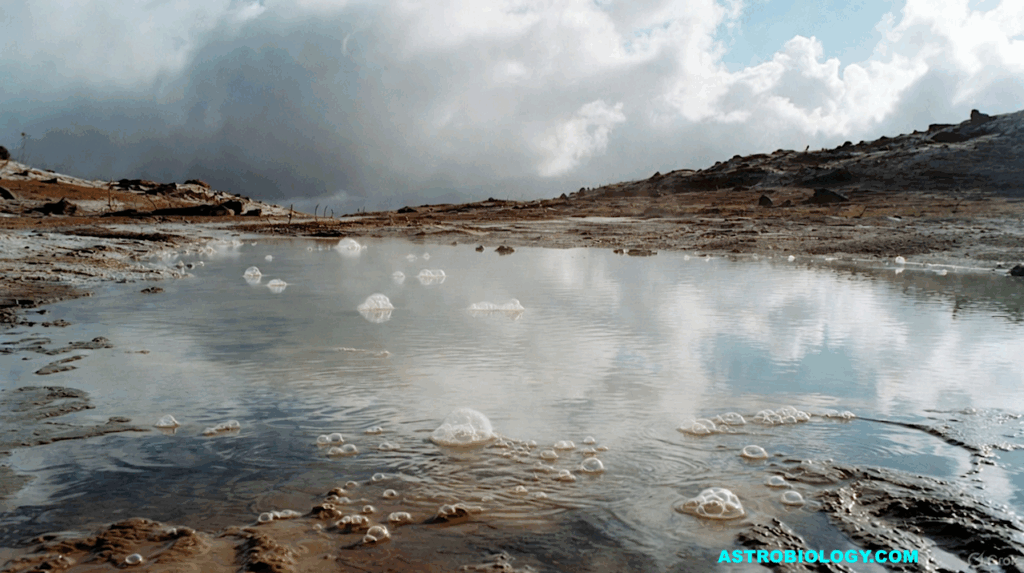Researchers Publish Latest Results in Continuing Search for Ancient Martian Life
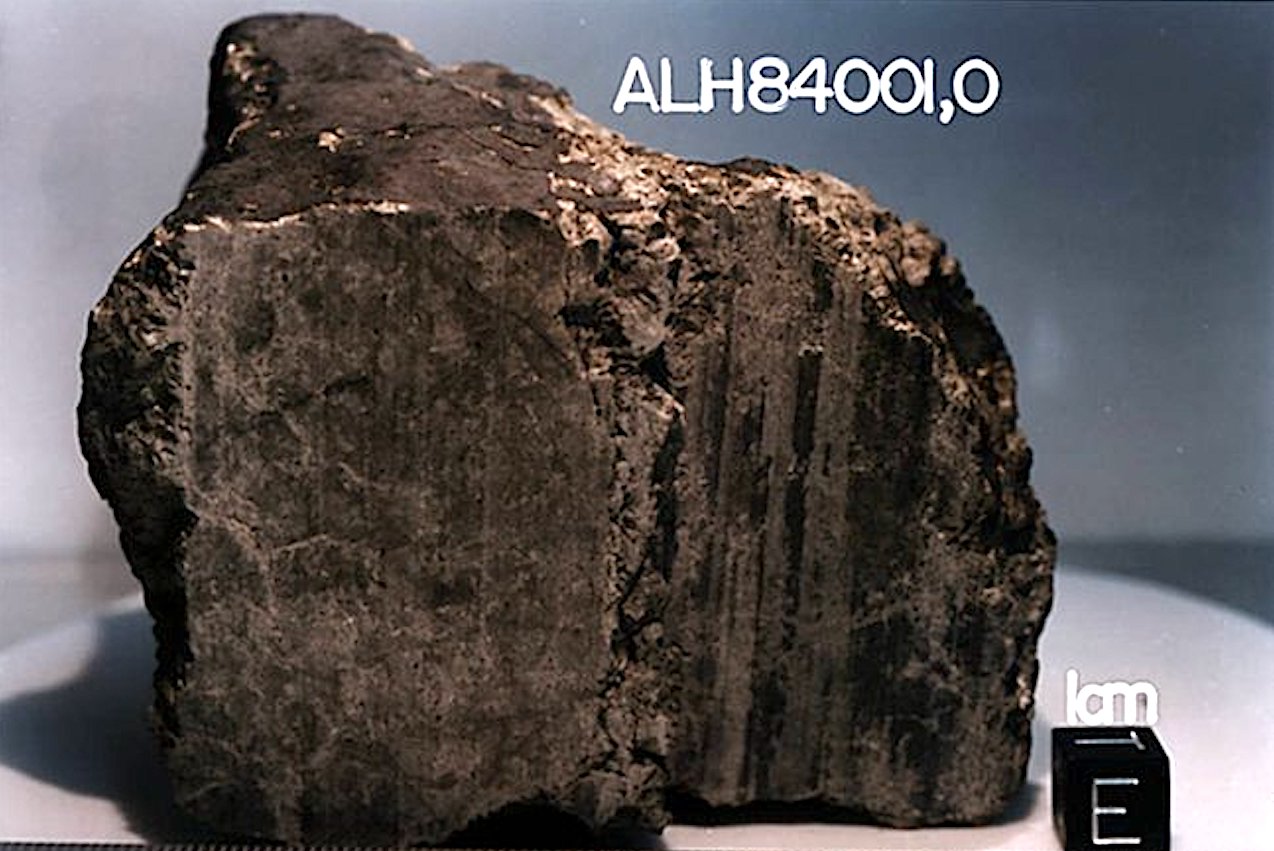
In the latest study of a 4.5 billion-year-old Martian meteorite, researchers have presented new evidence confirming that 25 percent of the magnetic material in the meteorite was produced by ancient bacteria on Mars. These latest results were published in the journal Applied and Environmental Microbiology.
The researchers used six physical properties they refer to as the Magnetite Assay for Biogenicity (MAB) to compare all the magnetic material found in the ancient meteorite — using the MAB as a biosignature. A biosignature is a physical and/or chemical marker of life that does not occur through random processes or human intervention.
“No non-biologic magnetite population, whether produced by nature or in the laboratory, has ever met the MAB criteria,” said Kathie Thomas-Keprta, an astrobiologist at NASA’s Johnson Space Center (JSC) in Houston and the lead researcher on the study. “This means that one-quarter of the magnetite crystals embedded in the carbonates in Martian meteorite ALH84001 require the intervention of biology to explain their presence.”
Magnetotactic bacteria, which occur in aquatic habitats on Earth, arrange magnetite crystals in chains within their cells to make compasses, which help the bacteria locate sources of food and energy. Magnetite (Fe3O4) is produced inorganically on Earth, but the magnetite crystals produced by magnetotactic bacteria are very different — they are chemically pure and defect-free, with distinct sizes and shapes.
Four of the MAB biosignature properties relate to the external physical structure of the magnetite crystals, while another refers to their internal structure and another to their chemical composition.
In their earlier studies, the researchers found that approximately one-quarter of the nanometer-sized magnetite crystals in ALH84001 had remarkable physical and chemical similarities to magnetite particles produced by a bacteria strain on Earth called MV-1. This is the first time, however, that any researcher has used the full MAB range of biosignature properties to compare the proposed bacteria- produced crystals in Mars meteorite ALH84001with the bacteria-produced crystals from Earth and with the other magnetites in the meteorite.
The comparison between the proposed bacteria-produced crystals in the meteorite and crystals known to be produced by Earth-bacteria MV-1 is striking and provides strong evidence that these crystals were made by bacteria on Mars.
The fact that Mars Global Surveyor data suggest that early Mars had a magnetic field is consistent with a reason why Mars would have magnetotactic bacteria. “Our best working hypothesis is that early Mars supported the evolution of bacteria that share several traits with magnetotactic bacteria on Earth, most notably the MV-1 group,” said Simon Clemett, a coauthor of the paper at Johnson.
Mars has long been understood to provide the sources of light and chemical energy sufficient to support life, but in 2001 the Mars Global Surveyor spacecraft observedMednetized stripes in the crust of Mars, which showed that a strong magnetic field existed in the planet’s early history, about the same time as the carbonate containing the unique magnetites in ALH84001 was formed.
In June, researchers using the Mars Odyssey spacecraft announced that they had found water ice under the surface of Mars. These attributes, coupled with a carbon dioxide-rich atmosphere, would have provided the necessary environment for the evolution of microbes similar to the fossils found in ALH84001.
“We believe this latest study proves that the magnetites in ALH84001 can be best explained as the products of multiple biogenic and inorganic processes that operated on early Mars,” Thomas-Keprta said.
An international team of nine researchers collaborated on the three-year study. The team, led by Thomas-Keprta of Lockheed Martin at Johnson Space Center, was funded by the NASA Astrobiology Institute. Co-authors of the study are Clemett and Susan Wentworth of Lockheed Martin at JSC; Dennis Bazylinski of Iowa State University (funded by the National Science Foundation); Joseph Kirschvink of the California Institute of Technology in Pasadena; David McKay and Everett Gibson of JSC; Hojatollah Vali of McGill University in Canada; and Christopher Romanek of the Savannah River Ecology Laboratory.
Astrobiology



